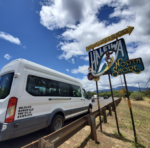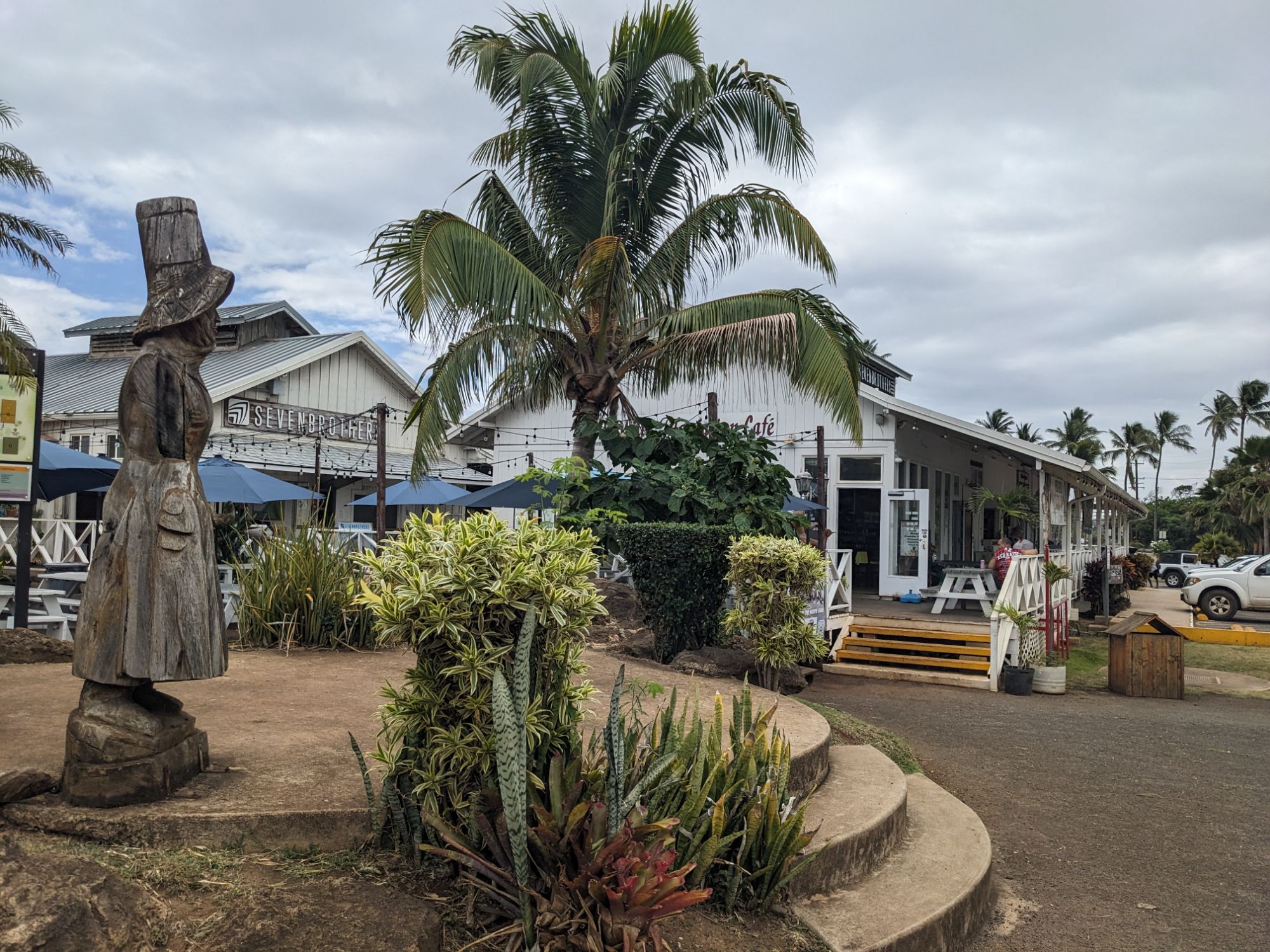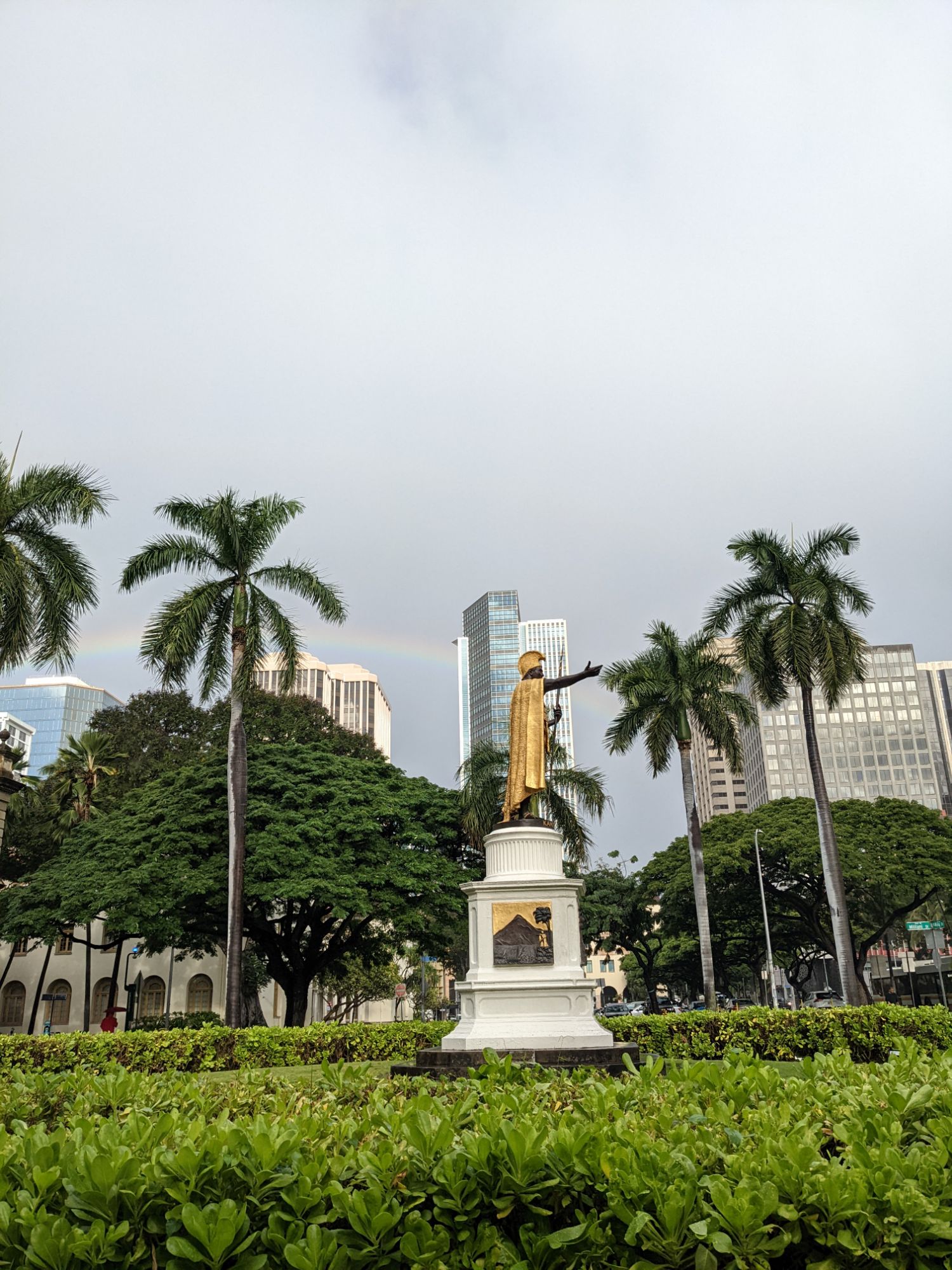
In the early 1800s, foreign influence and the introduction of diseases led to significant changes in vegetation, agriculture, and land tenure in Hawaii, while the native Hawaiian population declined. The sale of sandalwood became the primary source of wealth, but it was largely depleted by 1825, leading to the growth of the whaling industry as a source of revenue. The destruction of forests on the islands was caused by a combination of factors, including the agricultural practices of the Hawaiians, the cutting of sandalwood, and the introduction of cattle by Captain George Vancouver in 1793, which caused significant damage to the forests.
The California gold rush, which started in 1849, caused an increase in demand for Hawaiian agricultural products such as sugar, potatoes, sweet potatoes, onions, pumpkins, oranges, molasses, coffee, and hogs. This resulted in a strong demand for farm labor in response to the new export markets. Between 1850 and 1860, a large part of the government land was sold to common people in small tracts at nominal prices, and the rapid settlement of California opened up a new market for Hawaiian agricultural products, providing a great stimulus to the agricultural industry. During this period, large profits were made by raising potatoes for the California market.
In the Makawao district, wheat was grown and a steam-powered flour mill was constructed in Honolulu in 1854, resulting in 463 barrels of Hawaiian flour being exported the following year. However, a coffee plantation that was established in Hanalei, Kauai in 1842 was struck by blight after a severe drought in 1851, causing a decline in coffee exports after reaching 208,000 pounds in 1850. Sugar export only reached 500 tons in 1853, and sugar mills were usually operated by oxen or mules while molasses was drained in an old-fashioned way.
The whaling industry faced a sharp decline during the 1860s due to the replacement of whale oil with kerosene produced by the emerging oil industry in the US. The number of whaling ships that visited Honolulu dropped from a peak of 549 in 1859 to 325 in 1860, 190 in 1861, and just 73 in 1862. With the decrease in whalers, the economy of the islands suffered, and many leaders began to consider agriculture as a possible source of revenue. The Royal Hawaiian Agricultural Society was established in 1850.

Resource
Jones, C. A., & Osgood, R. V. (2015). From King Cane to the Last Sugar Mill: Agricultural Technology and the Making of Hawaii’s Premier Crop. University of Hawaii Press.





 !Waimea Falls
!Waimea Falls

